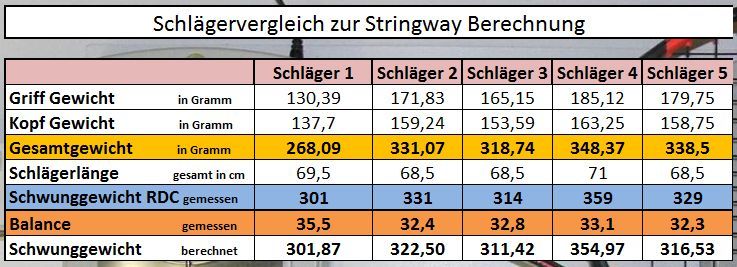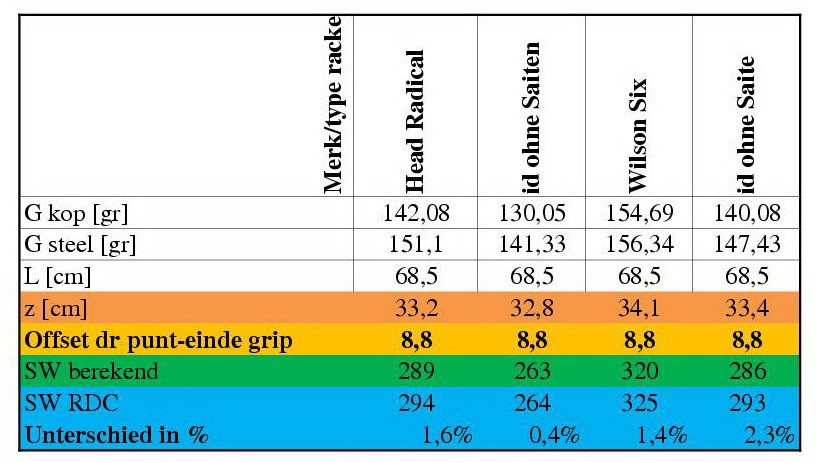@shadow01 @Irvin
some good points. thanks.
so, with the swing tool app, their guide is to hang the racquet @10cm/whatever the location is at the hoop end. (setup 1)
with Irvin's setup - he hangs the racquet @10cm/whatever the location is at the handle end. (setup 2)
hence my question about the balance point data input to the swing weight app.
so, just grabbed a first racquet i can from one of my bags, a Head PC600 (it is strung/OG'd and modded - but doesn't really matter... imo) to measure the balance point from both the hoop end and handle end. on a table with a hard edge and a metal tape measure. the racquet is 68.5cm in length.
for the above mentioned setup 1 - the hoop of the racquet hangs outside of the table. the end of the handle landed at about 32.2cm
for the above mentioned setup 2 - the handle of the racquet hangs outside of the table. the end of the hoop landed at about 36.0cm.
therefore, what i was trying to say was.... with the guidance from the swing weight app, the balance point data i should use for this racquet should be 32.2cm, whereas if you use Irvin's setup, the balance point data for the app for same racquet should be 36.0cm?
does that sound about right? or am i thinking too much and i should go out and get some fresh air?



